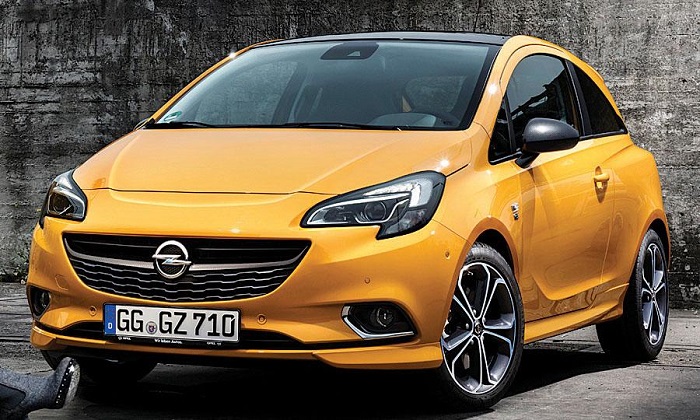
Emissions rules made GM’s decision easier
A key account manager at a major German supplier believes GM’s problems in Europe came to a head with plans for the next-generation Corsa. The current generation, which debuted in early 2015, is built on the same Fiat platform as its predecessor.
If GM were to design the upcoming Corsa on its own to meet European market requirements, it would be too expensive to sell in emerging economies where B-segment cars are popular. Were it designed as a global vehicle, it likely would fall flat at home — a considerable risk, given it remains Opel’s biggest volume model with 264,000 sold last year.
“One of the primary reasons [behind the sale] was GM had to develop a whole new B-segment platform just for the Corsa in order for Opel to meet future CO2 emission regulations,” the account manager argued.
A Corsa built off a PSA platform wouldn’t have this problem.
PSA’s Peugeot and Citroen subsidiaries had the lowest and second-lowest CO2-emitting fleet in the European Union in 2015 (the last year for which official data are available), while Opel came in worse than luxury carmakers Daimler and BMW.
Opel has been burdened by the weight of its vehicles and poor fuel efficiency, a legacy of utilizing either outdated platforms or GM global architectures that cater largely to the demands of U.S. and Chinese customers who prefer large, roomy cars sturdy enough to house big engines.






